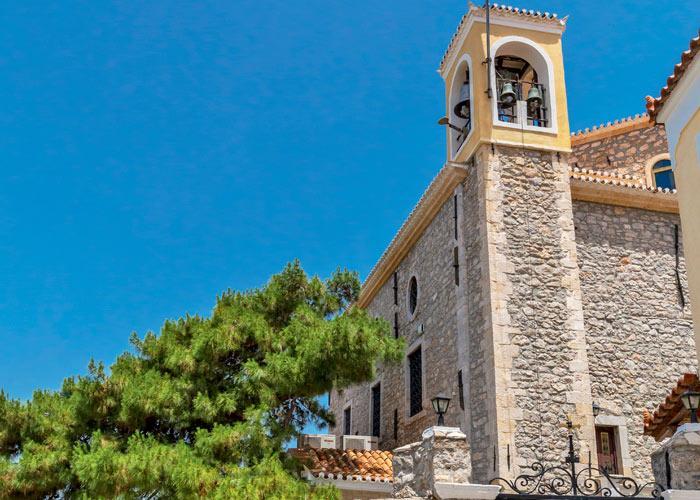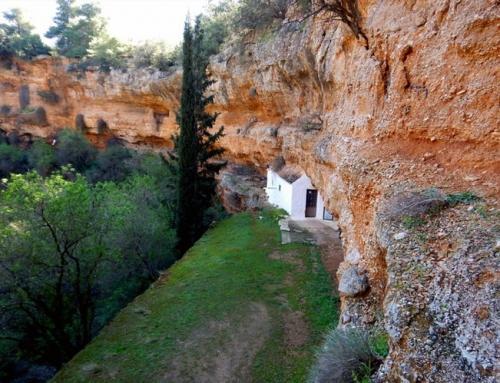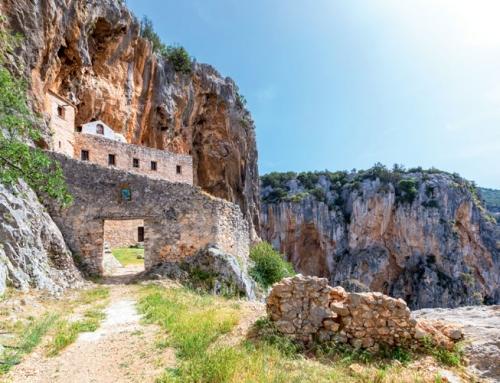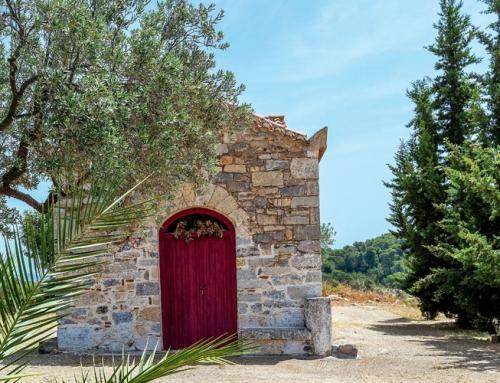St. John the Baptist, the patron saint and protector in Kranidi, has been inextricably linked to the history of this city and has been identified with the pleasant and unpleasant moments of Kranidians throughout the centuries.
Timios Prodromos , is – if we may say so – the first inhabitant of Kranidi , as the original chapel of the Saint , on the ruins of which the current large church was built, was the hive around which the first founding inhabitants of Kranidi gathered in the early 16th century. It was probably one of the many chapels of the neighbouring Holy Monastery of St. Demetrius Avgou. In search of arable land during the difficult years of the Turkish occupation, people began to leave the surrounding islands and settle on the familiar opposite coast of Ermionida. This is how the first settlements of the area were created, with the small church of Prodrome as the centre. This was the beginning of the creation of the town of Kranidi.
About two centuries later, in 1764, Leonidas Monohartzis from Kranidi, son of the prominent family of Monohartzides who were the owners of the small church of Timios Prodromos, was in Nafplio and was the bodyguard of the Russian consul. There he had an affair with an Ottoman woman named Hanife. She was probably a Crypto-Christian. So on the evening of August 26th, Leonidas Monohartzis visited his mistress and while sleeping in her house, he had a very vivid and terrible dream: He saw a black dog coming out from under the bed attacking him to devour him. He woke up terrified and when he searched under the bed from where the wild and black dog came out, he discovered, full of terror and surprise, the imposing and expressive holy icon of the Holy Baptist that Hanife had hidden there. Immediately, full of awe, he grabbed the icon and with the boat of a friend of his from Kranidi, he transported it and delivered it to his cousin Damianos Monachartzis, abbot at the Holy Monastery of Zoodochos Pigi Koronida, in the valley of Ermionida. The next day the Abbo delivered the Holy Icon to the privately owned church of his relatives Monohartzaioi, in Kranidi. That evening a vigil took place with the participation of all the Kranidians , who thanked the saint who in such a miraculous way came to their city. A few years later, during the Orlov Revolt, with the massacres and the destruction of the Turks against the Greeks, the icon of the Saint was transferred to the Monastery of St. Nicholas in Spetses, for about a year in order to be safe. The people of Spetses asked for the Saint’s help when the Turks were about to destroy their island. And indeed, the strong wind that blew prevented the Turkish ships from approaching the island and so it was saved from destruction. Out of gratitude, the people of Spetses repaired the icon and sent it to its destination with many donations and 800 groats. It was received by the people of Kranidi with joy and emotion on 22 July 1772 in Porto Cheli. The Monohartzides – in the critical years of the Revolution – removed the silver lining of the icon and made it available for the great needs of the national struggle. Later out of reverence and gratitude for the protection of the Saint, the Kranidians placed a new silver covering on the icon, which exists to this day.
The official Panargolic Feast of the Saint is on August 29, in memorian of the Detachment of the Holy Head of , with the participation of the relevant Metropolitan of the holy clergy and the local authorities and a large number of believers. On August 28 after a triumphal vespers , there is an official procession in the streets of Kranidi and August 29 is a holoday for Kranidi , which celebrates its patron saint and protector .





